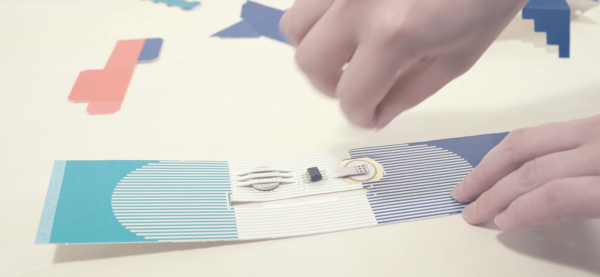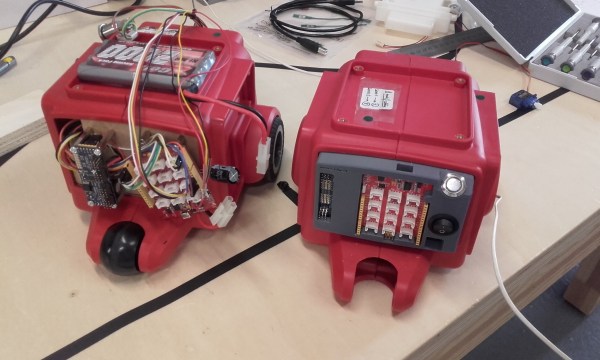Telepresence robots are now a reality, you can wheel around the office and talk to people, join a meeting, see stuff and bump into your colleagues. But imagine if telepresence were applied to deep sea exploration. Today we can become oceanographers through the telepresence system created by Bob Ballard (known for locating the Titanic, discovered deep sea geothermal vents, and more) and his team at the Inner Space Center. Put on your Submariner wristwatch because its time for all of us to explore the ocean depths via the comfort of our home or office.
Continue reading “Telepresence Robot 2000 Leagues Under The Sea”














